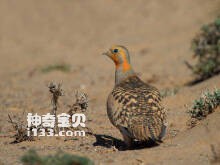
Pterocles burchelli
Pterocles burchelli,Variegated Sandgrouse
Variegated Sandgrouse is Pterocles burchelli and variegated sandgrouse.Prote···
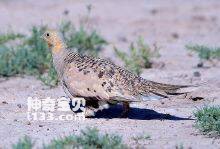
Pterocles bicinctus
Pterocles bicinctus,Double-banded Sandgrouse
Its scientific name is Pterocles bicinctus, and its foreign name is Double-b···
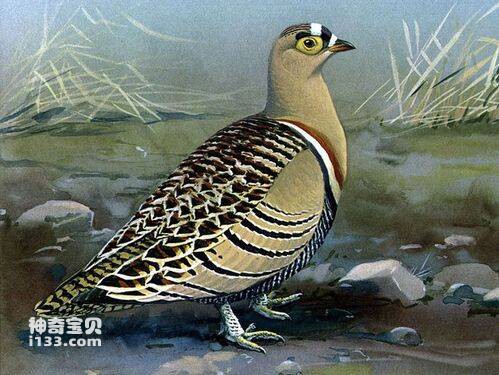
Pterocles quadricinctus
Pterocles quadricinctus,Four-banded Sandgrouse
Its scientific name is Pterocles quadricinctus, and its foreign name is Four···
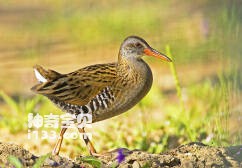
terocles indicus
terocles indicus,Painted Sandgrouse
Its scientific name is terocles indicus, and its foreign name is Painted San···
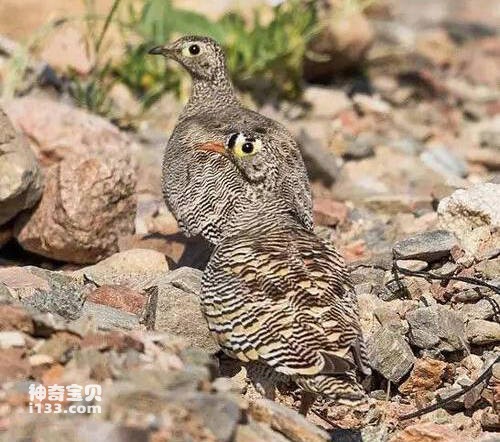
Pterocles lichtensteinii
Pterocles lichtensteinii,Lichtenstein's Sandgrouse
Its scientific name is Pterocles lichtensteinii, and its foreign name is Lic···
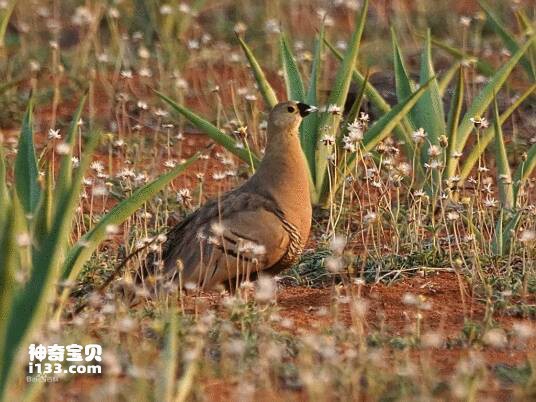
Pterocles personatus
Pterocles personatus,Madagascar Sandgrouse
Its scientific name is Pterocles personatus and its foreign name is Madagasc···
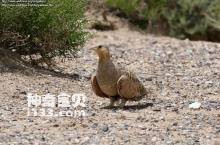
Pterocles coronatus
Pterocles coronatus,Crowned Sandgrouse
Its scientific name is Pterocles coronatus and its foreign name is Crowned S···
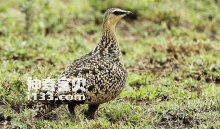
Yellow-throated
Yellow-throated Sandgrouse
The Yellow-throated Sandgrouse is Pterocles gutturalis and yellow-throated s···
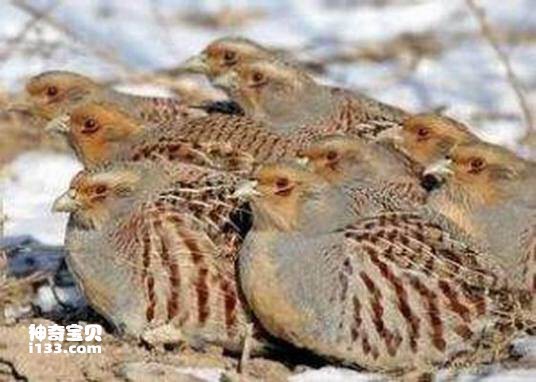
Pterocles senegallus
Pterocles senegallus,Spotted Sandgrouse
斑沙鸡学名Pterocles senegallus,外文名Spotted Sandgrouse,具体习性不详。保护···
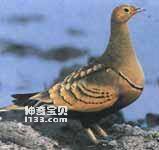
Pterocles exustus
Pterocles exustus
Pterocles exustus (Pterocles exustus) is a medium-sized bird with a beak sim···
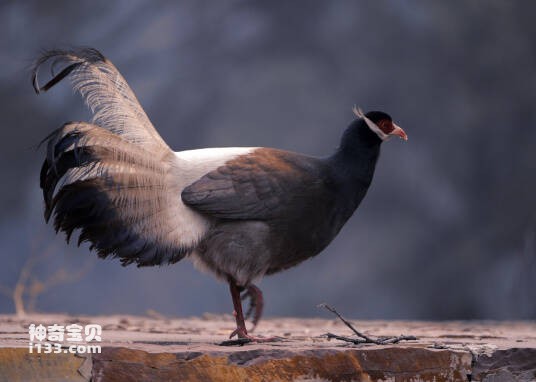
Pterocles namaqua
Pterocles namaqua,Namaqua Sandgrouse
Its scientific name is Pterocles namaqua and its foreign name is Namaqua San···
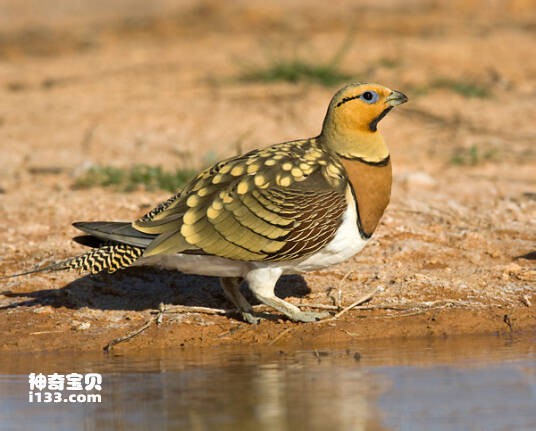
Pterocles alchata
Pterocles alchata
Pterocles alchata, or Pterocles alchata, lives in flat, dry areas, and the d···
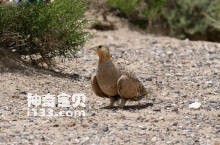
Syrrhaptes tibetanus
Syrrhaptes tibetanus
Syrrhaptes tibetanus (Syrrhaptes tibetanus) has no subspecies.Tibetan sandgr···
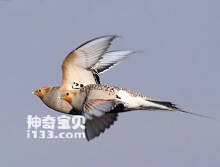
Syrrhaptes paradoxus
Syrrhaptes paradoxus,Pallas's Sandgrouse
Feather-legged sandfowl (Syrrhaptes paradoxus) Foreign name Pallas' s Sa···
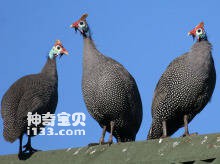
Numida meleagris
Numida meleagris,Helmeted Guineafowl
The Helmeted Guineafowl (Numida meleagris) has nine subspecies.Helmeted bead···
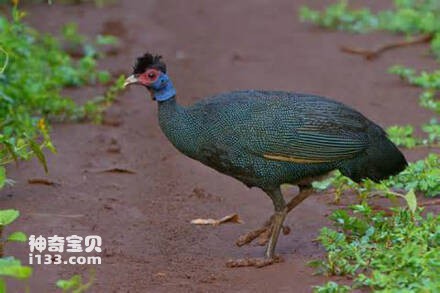
Guttera verreauxi
Guttera verreauxi,Western Crested Guineafowl
Western Crested Guineafowl (Guttera verreauxi), no subspecies.The West Afric···
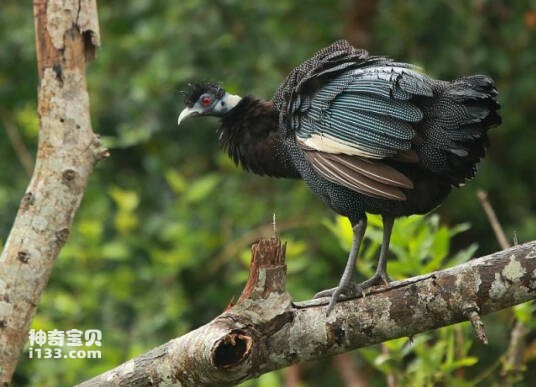
Guttera pucherani
Guttera pucherani,Eastern Crested Guineafowl
The Eastern Crested Guineafowl (Guttera pucherani) has three subspecies.East···
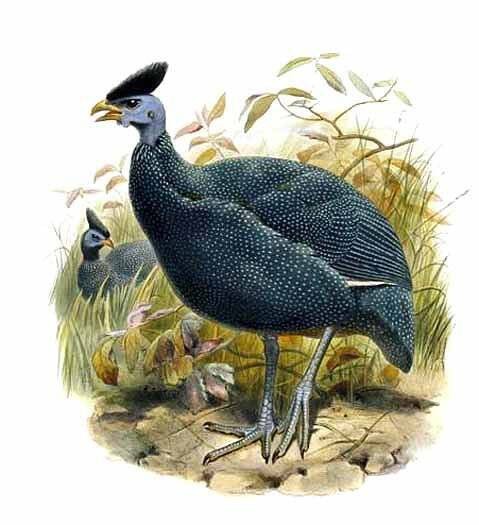
Guttera plumifera
Guttera plumifera,Plumed Guineafowl
The Central African crested Guineafowl (Guttera plumifera) is known as the P···
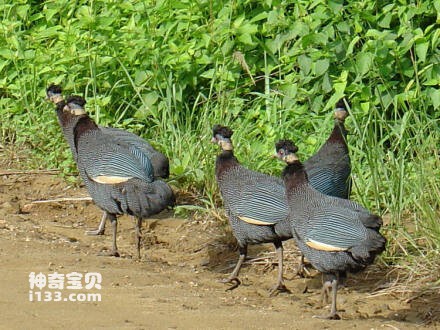
Guttera edouardi
Guttera edouardi,Southern Crested Guineafowl
The Guttera edouardi, also known as the Southern Crested Guineafowl, was onc···
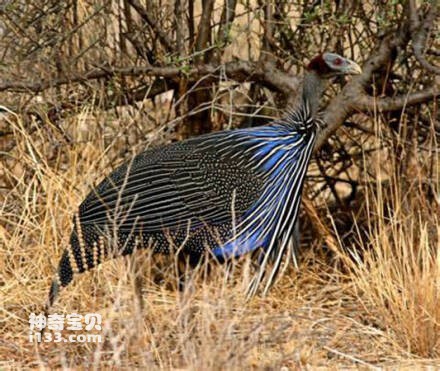
Agelastes niger
Agelastes niger,Black Guineafowl
The Black Guineafowl (scientific name: Agelastes niger) has no subspecies.Th···
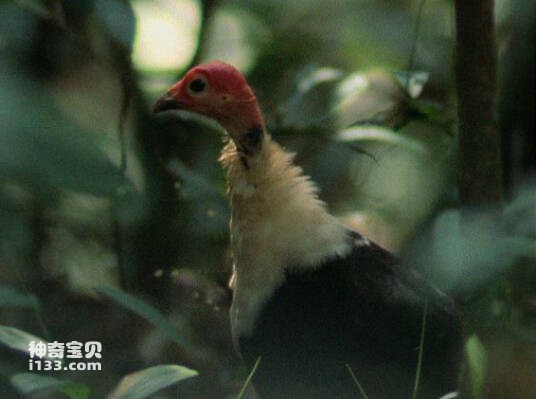
Agelastes meleagrides
Agelastes meleagrides,White-breasted Guineafowl
The White-breasted Guineafowl, known as the Agelastes meleagrides or White-b···
